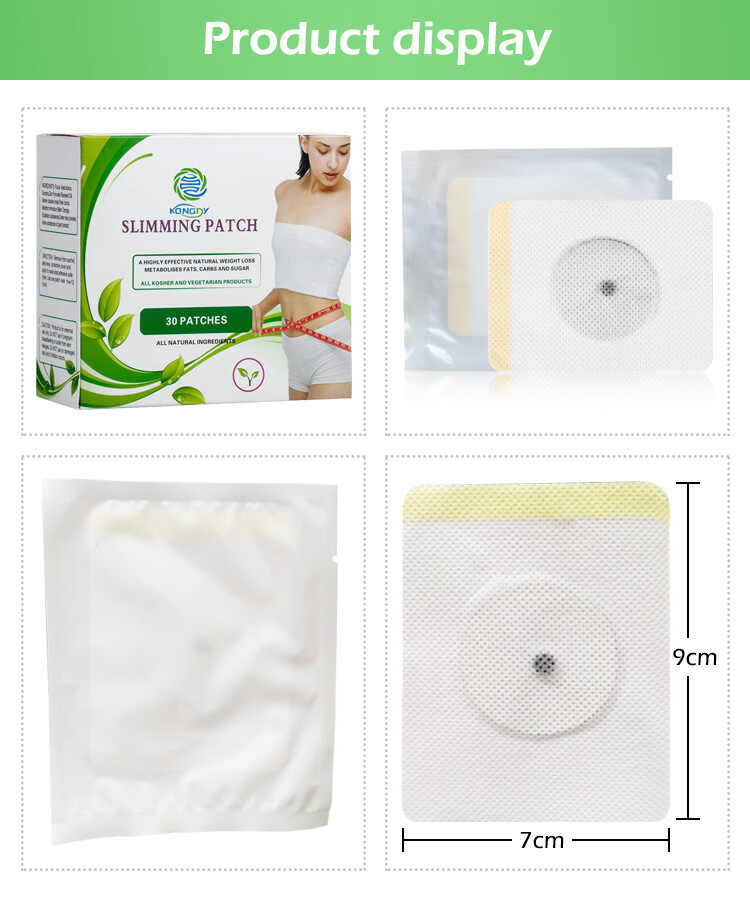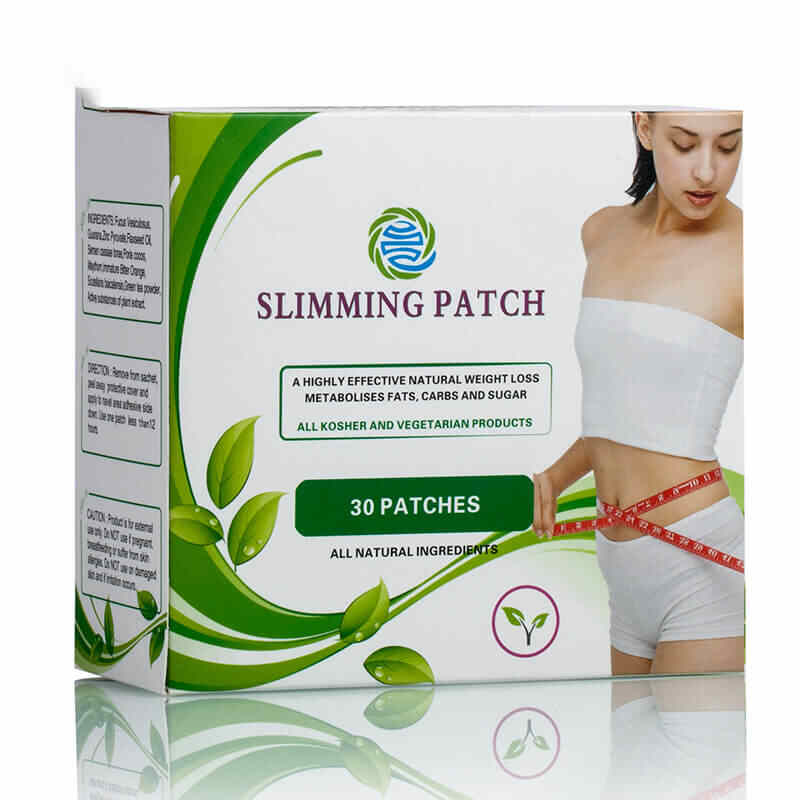Are Hydrogel Slimming Patches Eco-Friendly?
As the global wellness and beauty industry continues to evolve, sustainability has become one of the most discussed topics. Modern consumers are no longer just focused on effectiveness — they also care deeply about how their favorite products impact the environment. This shift in consciousness has pushed manufacturers and brands to reimagine product design and production processes to be more eco-friendly.
Among trending wellness innovations, hydrogel slimming patches have gained popularity for their convenience, comfort, and targeted fat-burning support. But one question remains: Are hydrogel slimming patches eco-friendly?
The answer depends largely on the materials, ingredients, and manufacturing standards applied by the hydrogel slimming patches Manufacturer. In this article, we explore how sustainability plays a role in hydrogel patch production, what makes a product truly eco-friendly, and how working with the right hydrogel slimming patches OEM can help you achieve both effectiveness and environmental responsibility.

1. Understanding Hydrogel Slimming Patches
Hydrogel slimming patches are transdermal patches designed to deliver active ingredients through the skin for localized slimming and toning effects. The hydrogel — a water-based, gel-like matrix — serves as the medium that holds and gradually releases these ingredients.
Compared with traditional creams or oral supplements, hydrogel patches offer:
Controlled release of active compounds over several hours.
Non-invasive, convenient application.
Less mess and waste compared to lotions or pills.
While these advantages make hydrogel slimming patches a consumer favorite, their eco-friendliness depends on how they are formulated and produced — which is where the expertise of the hydrogel slimming patches Manufacturer or OEM comes in.
2. What Makes a Product Eco-Friendly?
Before analyzing hydrogel patches specifically, it’s important to define what “eco-friendly” means in manufacturing. A product is considered environmentally friendly if it:
Uses sustainable, non-toxic raw materials.
Has a low carbon footprint during production.
Generates minimal waste and supports recyclability.
Is biodegradable or designed for responsible disposal.
Adheres to ethical sourcing and energy-efficient manufacturing.
For hydrogel slimming patches OEM developers, achieving eco-friendliness means rethinking materials, packaging, and production techniques to align with green standards — without compromising product performance.
3. Eco-Friendly Ingredients in Hydrogel Slimming Patches
A key factor determining whether Custom hydrogel slimming patches are eco-friendly is the selection of ingredients. Many modern OEM manufacturers are replacing synthetic chemicals with natural and biodegradable components to meet environmental and consumer health expectations.
Common Eco-Friendly Ingredient Choices:
Natural Extracts: Ingredients such as green tea, ginger, capsicum, and coffee are derived from renewable plant sources.
Biodegradable Polymers: Used in the hydrogel matrix to reduce long-term waste impact.
Non-toxic Adhesives: Gentle, skin-safe adhesives replace petroleum-based glues.
Water-Based Hydrogels: Minimize chemical solvents and improve biodegradability.
Natural Fragrances or Essential Oils: Replace synthetic perfumes, reducing harmful emissions.
By collaborating with an experienced hydrogel slimming patches Manufacturer, brands can design formulations that align with clean beauty principles — safe for both the user and the environment.
4. Sustainable Materials and Patch Construction
Beyond the formula, the patch’s physical materials significantly affect its environmental footprint. The structure of a hydrogel slimming patch typically includes:
Hydrogel Layer (active delivery system)
Backing Layer (support material)
Adhesive Layer (skin contact interface)
Protective Film (removed before use)
Forward-thinking hydrogel slimming patches OEM providers now use eco-conscious materials for these layers, such as:
Biodegradable films instead of plastic-based layers.
Plant-derived cellulose or bio-polymer backings.
Compostable packaging for reduced landfill impact.
Recyclable foil pouches that preserve product integrity without excess waste.
These choices reflect a growing movement among hydrogel slimming patches Suppliers to balance performance, safety, and sustainability.
5. Eco-Friendly Manufacturing Processes
A product’s environmental impact doesn’t end with materials — manufacturing methods matter equally. Top hydrogel slimming patches Manufacturers are integrating eco-friendly practices into their production systems.
Key Sustainable Manufacturing Practices Include:
Energy-efficient machinery to reduce emissions and electricity use.
Water recycling systems in hydrogel production facilities.
Minimal chemical waste discharge, achieved through closed-loop systems.
Solar-powered operations to offset carbon footprint.
Sourcing local ingredients to minimize transportation-related emissions.
An experienced hydrogel slimming patches OEM partner prioritizes green production not only for environmental reasons but also to meet global compliance standards and appeal to eco-conscious consumers.
6. The Role of Private Label Hydrogel Slimming Patches in Sustainability
For brands seeking a faster route to market, Private Label hydrogel slimming patches offer pre-formulated, ready-to-brand solutions. Fortunately, many private label options today are designed with eco-friendly principles in mind.
By choosing a Private Label hydrogel slimming patches Supplier committed to sustainability, your brand can access:
Pre-certified green formulations.
Biodegradable hydrogel bases.
Low-waste packaging options.
Recyclable or paper-based retail boxes.
This approach allows smaller brands to launch sustainable slimming products without the heavy investment of full-scale R&D — while still maintaining eco-responsibility and strong branding.
7. The Environmental Advantages of Hydrogel Slimming Patches
Compared to traditional slimming products such as creams or supplements, hydrogel slimming patches inherently offer several environmental benefits:
Reduced Packaging Waste:
Patches use minimal packaging per dose compared to bulky bottles or jars.Less Product Waste:
The controlled-release mechanism ensures full ingredient utilization, reducing leftover waste.No Water Contamination:
Unlike rinse-off products, patches do not wash into drains, minimizing pollution.Compact Transport:
Lightweight and flat packaging lowers shipping-related carbon emissions.
Thus, when developed responsibly by a skilled hydrogel slimming patches Manufacturer, the product’s environmental impact can be significantly lower than that of conventional slimming solutions.
8. Challenges in Making Hydrogel Slimming Patches 100% Eco-Friendly
While advancements are impressive, it’s honest to acknowledge that not all hydrogel patches are yet fully eco-friendly.
Challenges include:
Synthetic polymers still used in some hydrogel bases for performance stability.
Plastic-based packaging films that are not fully biodegradable.
Energy-intensive drying processes during production.
Limited global recycling systems for flexible packaging materials.
However, innovation in materials science is rapidly addressing these issues. Many hydrogel slimming patches OEM manufacturers are now investing in bio-based polymers and compostable alternatives, aiming for near-zero waste production.
9. How to Choose an Eco-Friendly Hydrogel Slimming Patches OEM Partner
If sustainability is a key part of your brand strategy, the right OEM partner makes all the difference. When selecting a hydrogel slimming patches OEM, consider the following factors:
Certifications and Compliance:
Look for manufacturers certified in ISO 14001 (Environmental Management), GMP, and MSDS.Green Ingredient Sourcing:
Ask whether raw materials come from sustainable, traceable sources.Eco-Conscious Production:
Verify if they use renewable energy, recycle wastewater, and minimize emissions.Packaging Solutions:
Ensure they can provide recyclable, paper-based, or biodegradable packaging options.Transparency:
A reliable hydrogel slimming patches Supplier will share documentation about ingredient origins and sustainability measures.
Choosing such a partner strengthens your brand’s environmental credibility while maintaining product excellence.
10. The Future of Sustainable Hydrogel Slimming Patches
The future of hydrogel slimming patches lies in green innovation — merging advanced slimming efficacy with environmental consciousness.
Leading hydrogel slimming patches Manufacturers are already exploring:
Biopolymer hydrogels derived from algae or corn starch.
Plant cellulose-based backing films.
Fully compostable patch structures.
Zero-waste packaging designs.
Carbon-neutral production facilities.
With these developments, the next generation of Custom hydrogel slimming patches will not only help consumers shape their bodies but also contribute to shaping a cleaner, greener planet.
Conclusion
So, are hydrogel slimming patches eco-friendly?
The answer is increasingly yes — especially when produced by a responsible and innovative hydrogel slimming patches OEM or Manufacturer. By adopting sustainable materials, biodegradable hydrogels, natural ingredients, and recyclable packaging, brands can significantly reduce their environmental footprint.
Whether you’re developing Custom hydrogel slimming patches with a unique green formula or launching Private Label hydrogel slimming patches for a fast market entry, choosing an eco-conscious hydrogel slimming patches Supplier is the foundation of both ethical responsibility and long-term brand success.
In today’s competitive wellness market, sustainability isn’t just a trend — it’s a trust factor that defines the brands of the future.
Related Questions and Answers
Q1: What makes hydrogel slimming patches eco-friendly?
A1: Eco-friendly hydrogel patches use biodegradable materials, natural ingredients, non-toxic adhesives, and recyclable packaging, all produced under energy-efficient processes by certified manufacturers.
Q2: Are all hydrogel slimming patches biodegradable?
A2: Not yet. While many hydrogel slimming patches Manufacturers are shifting toward biodegradable polymers, some products still use synthetic materials for performance stability.
Q3: Can I request sustainable ingredients for Custom hydrogel slimming patches?
A3: Yes. Most hydrogel slimming patches OEM companies allow full customization of natural, plant-based, or eco-certified ingredients.
Q4: Are Private Label hydrogel slimming patches sustainable?
A4: Many Private Label hydrogel slimming patches are now developed using green formulations and recyclable packaging, making them a practical choice for eco-conscious brands.
Q5: How can I verify if my OEM partner is eco-friendly?
A5: Ask for environmental certifications like ISO 14001 and details about waste management, energy use, and ingredient sourcing.
Q6: Do eco-friendly patches cost more?
A6: Slightly — due to sustainable material sourcing — but the added brand value, customer trust, and long-term market differentiation often outweigh the costs.
Q7: Can hydrogel slimming patches be vegan and cruelty-free?
A7: Absolutely. Many hydrogel slimming patches Suppliers now provide vegan-certified and cruelty-free formulations, ensuring ethical and sustainable production.
Q8: Will eco-friendly materials affect patch performance?
A8: No. Modern biodegradable hydrogels and natural adhesives maintain excellent adhesion, comfort, and efficacy, equal to traditional alternatives.






